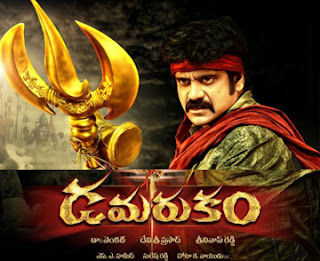
When we take pause to appreciate where we are, we can truly appreciate just how far we’ve come.
I recently stumbled across an
interesting infographic as it made the rounds across the social web
recently. Created by bestedsites.com, the graphic visualizes the
meteoric rise of the Internet in just 10 years.
For example, in 2002, the Internet boasted 569 million users, which
represented 9.1% of the world population. In 2012, that number
skyrocketed to 2.27 billion at 33% of the world population. Another
tremendous stat is the daily time spent online. In 2002 it was only 46
minutes a day (that was probably the time it took to load one web site).
In 2012, it’s clocked four hours a day.
As I was reveling in the rapid
evolution and ascent of the internet in general, I took stock of
Facebook’s growth. Well, I suppose not literally.
Looking at Facebook as a subset of this particular infographic would
provide a visual comparison of the static and social web. I once wrote
that to the connected consumer, the end of the destination web was
upon us. The flow of information has been disrupted. While websites
aren’t dead they certainly don’t meet the needs and expectations of a
much more real-time audience who live in their egosystem and benefit from news and information finding them. We live in an era where news no longer breaks, it Tweets. As such, I’d love to see a visual comparison of the destination and social web and the numbers between them.
In 2011, Facebook was the size of the Internet in 2004
That’s certainly a dramatic headline. And, it’s true. Last year, when Facebook hit 800 million users, Royal Pingdom reported that not only was the milestone significant in terms of user base, it was the size of the entire Internet in 2004.
In July 2012, Facebook reported
that its user count was approaching 1 billion with 955 million active
users and counting. Those numbers are almost too big to truly grasp. So,
I again took pause.
In 2004, thefacebook launched for
Harvard University students. Within 24 hours, thefacebook was already
home to somewhere between 1,200 and 1,500 students according to
co-founder Dustin Moskovitz. Within the first month, more than half of
all Harvard students were registered. By October 2005, “the” was dropped
from the company name, Facebook.com was purchased for $200,000, Sean
Parker was now the company president, Facebook moved to Palo Alto, and
the company opened the network to universities around the world.
Over the course of eight years,
the site continued to experience incredible growth, a story of which
you’re more than familiar with today.
Here’s a timeline representing milestones for each jump of 100 million users:
August 26, 2008 = 100 million users
April 8, 2009 =200 million users
September 15, 2009 = 300 million
February 5, 2010 = 400 million
July 21, 2010 = 500 million
January 5, 2011 = 600 million
May 30, 2011 = 700 million
September 22, 2011 = 800 million
April 24, 2012 = 900 million
Now (August 2012) = 955 million users
CNET recently reported that
as many as 8.7 percent of users are fake. Just to clarify, not fake as
in shallow personalities, but fake as in bogus accounts that represent
duplicates, misclassified, undesirable, spam, etc. But event at 8.7
percent, the the overall number of people who use Facebook in one way or
another is staggering. It is its own Internet and that’s both
frightening and fascinating.
My colleagues at Altimeter Group Andrew Jones (@andrewjns), Christine Tran (@christineptran) and I took a look at the numbers to plot them on the infographic to truly visualize how big Facebook really is.
Accounting for the 8.7% of fake
accounts, Facebook represents 28% of all Internet users at ~12% of the
world’s population (estimated at 7 billion).
Some day, I’d love to see
Facebook, Twitter, Youtube, the Internet overall, side by side to show
the different behaviors in information flow. Please feel free to share
any numbers or infographics you’ve created that expand on this story.









